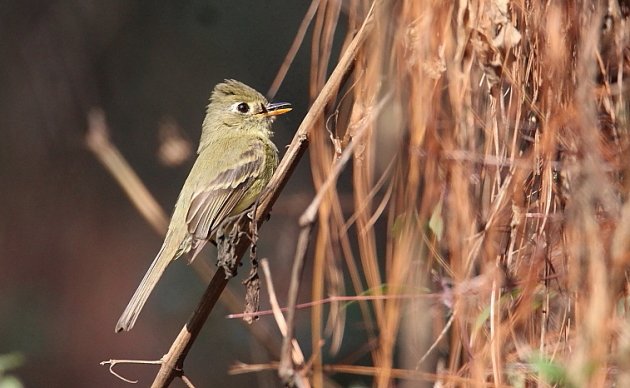
Warning: Any and all flycatchers shown in this post may be misidentified. Cut me some slack. These are the Empidonax flycatchers we are talking about here.
Dear North American birders:
You know them. You fear them. You have probably misidentified them. These are the dreaded Empidonax flycatchers, a genus as difficult as any we are likely to see on our continent.
Theirs is not the difficulty of the Gulls and Hawks, which confuse us by their many and varied plumages. No, the problem with “empids” is that they all look exactly alike… all 15 species! Small, grayish, with indistinct wing bars and eye rings. Why they can’t all agree on a single species and lump themselves, I’ll never know.
Of course, if you are an average birder in, say, Illinois or Alberta, you probably haven’t lost too much sleep over this group, in spite of its difficulty. That is because you likely do not have to deal with more than two resident species, with perhaps one more that you might catch as it migrates. All because you do not live in central Mexico, where most of these species spend the winter, all jumbled together. Indistinguishably.
My home state of Michoacán, Mexico is smaller than West Virginia. And yet, somehow, we have four resident Empidonax species, and another six spend the winter here. I have seen them all… or at least, I think I have. (Another three species migrate down Mexico’s Gulf coast to Central America, to join the two resident species of Central America and southeastern Mexico. I am happy to say that I have not seen these species.)
All right, I’ll admit that I do have a bit of fondness for our resident empid species. That is because I can usually manage to keep four species separate in my mind, and, for some reason, they are mostly easier to distinguish than the migratory species. The Buff-bellied Flycatcher’s rich brown color makes it stand out from the rest of the group. The Cordilleran Flycatcher’s greenish color and two-syllable call (we seat!) help to distinguish it from the otherwise identical Pine Flycatcher. Only the White-throated Flycatcher, almost always seen near water, is really hard to distinguish from the migratory species.
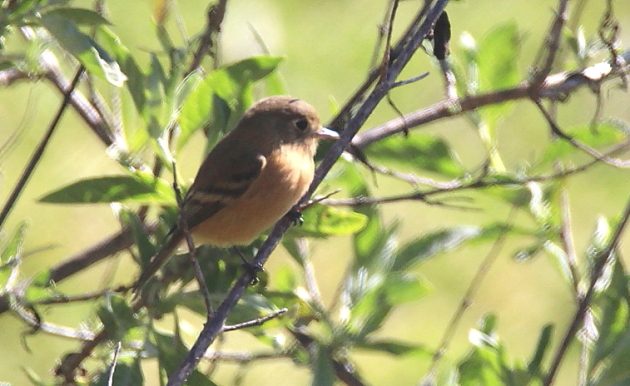 Oh Buff-breasted, why can’t all your relatives be like you?
Oh Buff-breasted, why can’t all your relatives be like you?
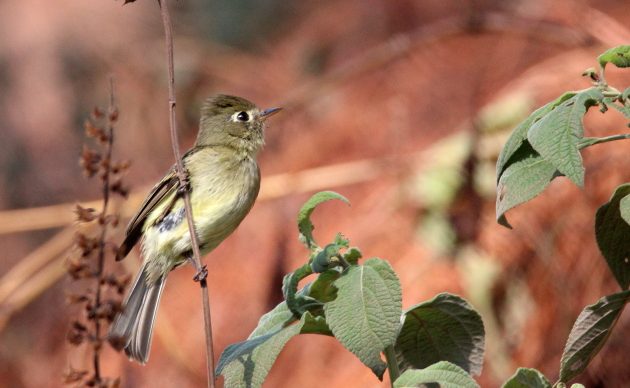 Cordilleran Flycatcher: greenish color, strong eye ring.
Cordilleran Flycatcher: greenish color, strong eye ring.
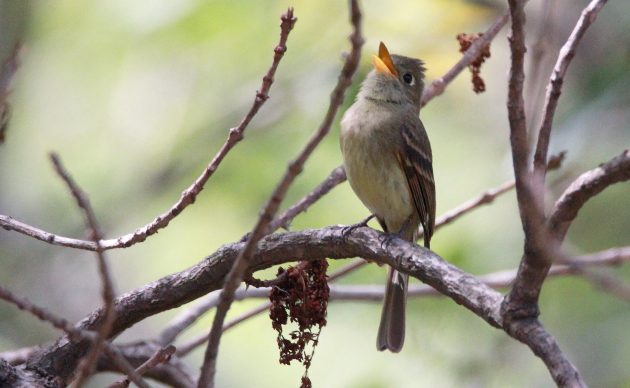 Pine Flycatcher: looks just the same, but brownish-gray. Harder to tell from the migratories.
Pine Flycatcher: looks just the same, but brownish-gray. Harder to tell from the migratories.
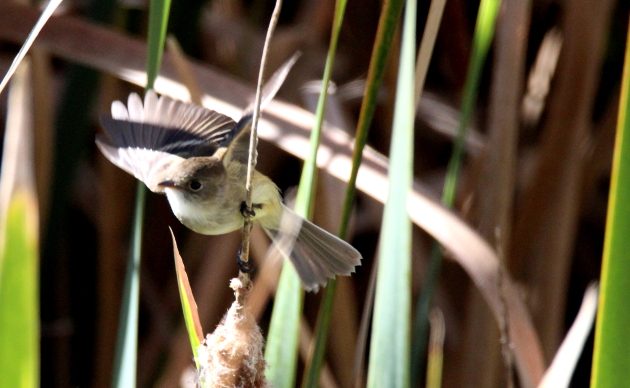 White-throated Flycatcher: I have to go with context here; this bird loves marshes.
White-throated Flycatcher: I have to go with context here; this bird loves marshes.
Ah, but those migratory species! They seem to exist only to send you down a rabbit hole of eye ring shape and primary projection. They are all basically gray, which makes the name of the Gray Flycatcher singularly unhelpful.
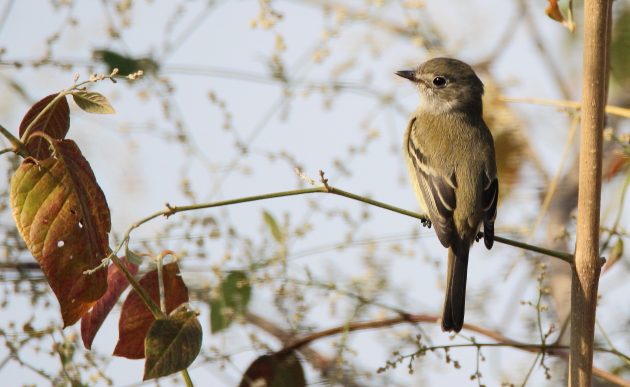 Dusky Flycatcher: indistinct eye ring, light lores, relatively short primaries. Likes drier, open areas.
Dusky Flycatcher: indistinct eye ring, light lores, relatively short primaries. Likes drier, open areas.
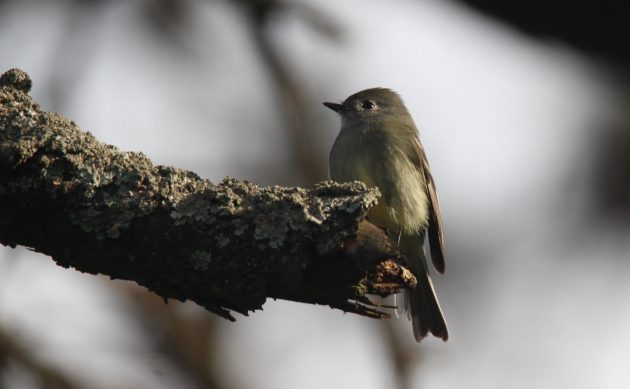 Hammond’s Flycatcher: just the same, but with longer primary projection. Prefers more wooded areas.
Hammond’s Flycatcher: just the same, but with longer primary projection. Prefers more wooded areas.
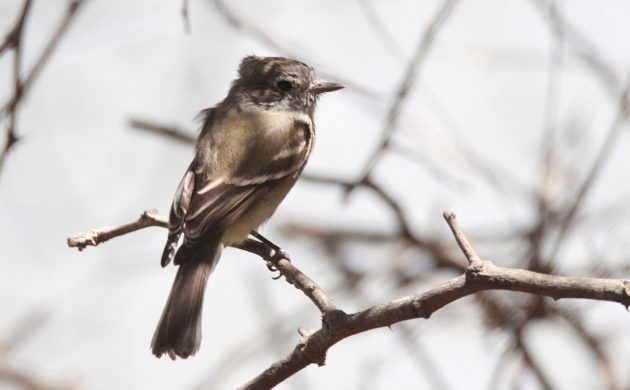 Gray Flycatcher: yep, it’s gray. Just like most of the other Empidonax.
Gray Flycatcher: yep, it’s gray. Just like most of the other Empidonax.
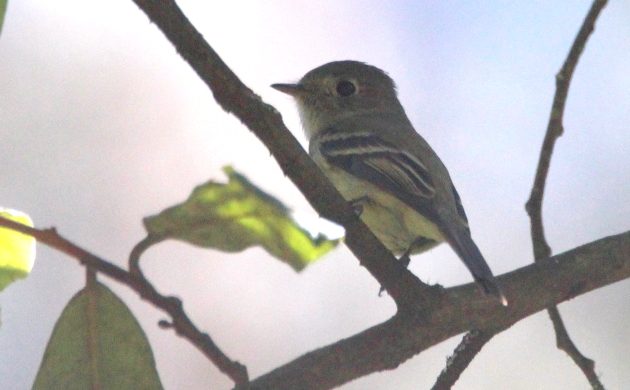 Least Flycatcher: that really big head actually helps with identification.
Least Flycatcher: that really big head actually helps with identification.
The other Empidonax that visits our state, of which I do not have a photo stored, is the Willow Flycatcher. Don’t worry, you’re not missing anything. It also looks just like all of the above species.
So really, my northern friends, could you please send your Flycatchers to the Caribbean this year?













Leave a Comment